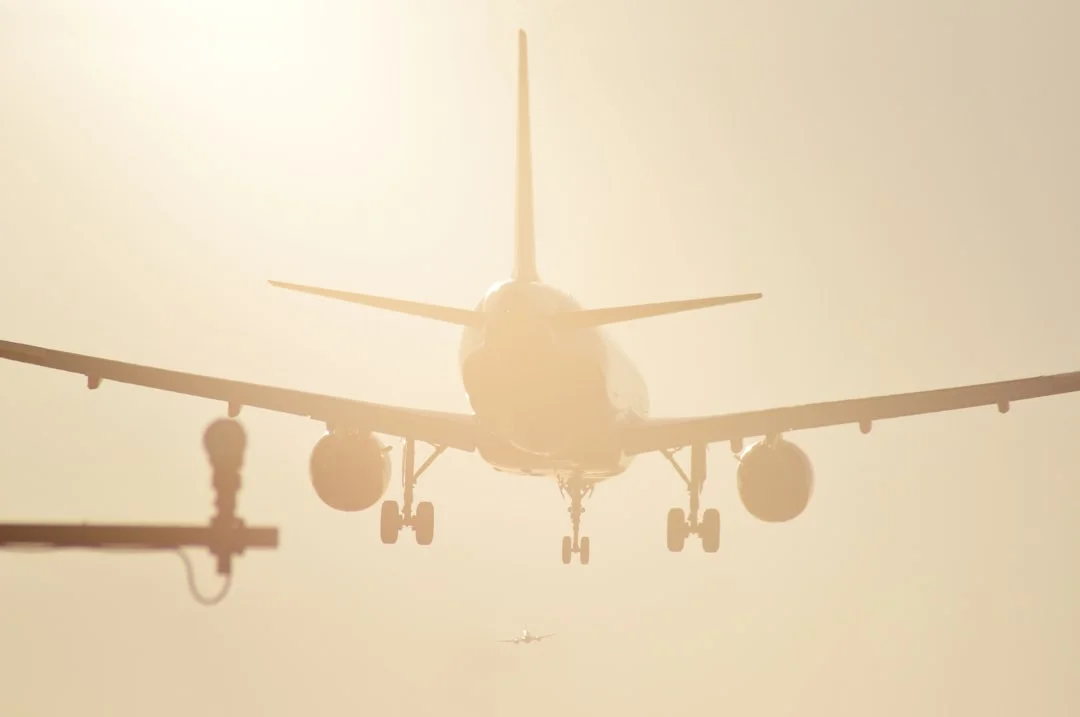The Additional Centre Tank (ACT), also known as the Auxiliary Centre Tank, is a key component of the Airbus A330 aircraft. It is an extra fuel tank that provides additional fuel storage capacity for long-haul flights and increased range. The ACT is located in the lower fuselage section of the aircraft, between the main wing and the aft fuselage section. This additional fuel capacity allows the A330 to fly longer distances without the need for frequent refueling stops.
The ACT plays a vital role in improving the operational efficiency of the A330 by extending its range and reducing the number of refueling stops. This is particularly beneficial for long-haul flights as it minimizes the time spent on the ground, increases overall fuel efficiency, and allows for more direct routing options.
The Airbus A330 is a wide-body twin-engine aircraft widely used by airlines around the world. With its versatile capabilities and fuel-efficient design, it is a popular choice for both passenger and cargo transport. The addition of the ACT further enhances the aircraft’s capabilities, making it an even more reliable and cost-effective option for airlines.
Contents
The Benefits of the Additional Centre Tank (ACT)
The ACT offers several significant benefits to the Airbus A330 and its operators. Let’s take a closer look at some of these advantages:
The Impact on Range
The ACT significantly increases the range of the Airbus A330. By providing additional fuel storage capacity, it allows the aircraft to carry more fuel and fly longer distances without the need for refueling. This is particularly beneficial for transoceanic flights or routes that require extended flying times. With the ACT, the A330 can reach destinations that were previously out of its range, opening up a multitude of new route possibilities for airlines.
In terms of numbers, the ACT adds approximately 6,801 liters (1,794 US gallons) of fuel capacity to the Airbus A330. This extra fuel allows the aircraft to fly an additional distance of around 765 nautical miles (1,417 kilometers). This increase in range not only improves air connectivity but also provides airlines with more flexibility in planning their flight operations.
Reduced Refueling Stops
With the ACT, the Airbus A330 can minimize the number of refueling stops required during long-haul flights. This is particularly advantageous for airlines operating on routes that span vast distances, such as transatlantic or transpacific flights. By reducing the need for refueling stops, airlines can optimize their flight schedules, minimize ground time, and ultimately enhance operational efficiency.
On average, the ACT enables the A330 to reduce the number of refueling stops by approximately one, depending on the specific route and payload requirements. This reduction in stops not only saves time but also improves the overall passenger experience by reducing travel disruptions and increasing flight reliability.
Improved Fuel Efficiency
The ACT also contributes to improved fuel efficiency for the Airbus A330. By carrying additional fuel, the aircraft can optimize its fuel consumption and reduce the overall fuel burn per flight. This fuel-efficient design not only reduces costs for the airline but also has a positive environmental impact by lowering carbon emissions.
According to Airbus, the A330 with the ACT achieves up to 2% fuel burn savings compared to the standard configuration. This translates to significant cost savings for airlines, especially over the lifespan of the aircraft. Additionally, the improved fuel efficiency reduces the aircraft’s carbon footprint, aligning with the industry’s efforts to minimize environmental impact.
Conclusion
The Additional Centre Tank (ACT) plays a crucial role in the performance and capabilities of the Airbus A330. With its ability to provide additional fuel storage, the ACT extends the range of the aircraft, reduces the number of refueling stops, and improves fuel efficiency. These advantages make the A330 an ideal choice for airlines operating long-haul flights and enable them to expand their network and increase operational efficiency.
The integration of the ACT showcases Airbus’ commitment to delivering innovative solutions to meet the evolving needs of the aviation industry. By continually enhancing the performance and capabilities of their aircraft, Airbus enables airlines to offer enhanced services while minimizing costs and environmental impact.
For more information about Airbus A330 and its components, visit the official Airbus website.




